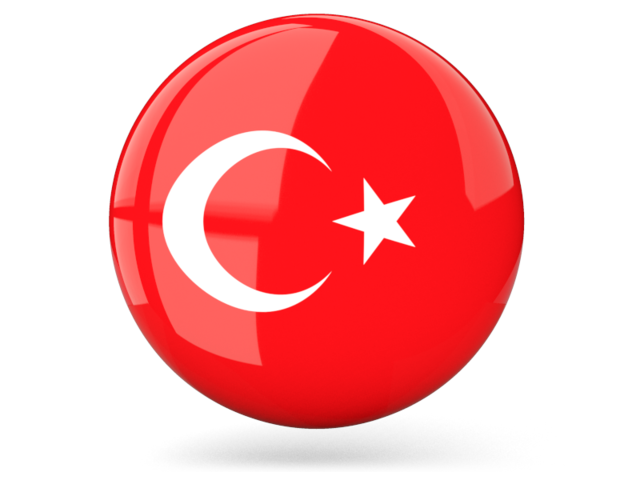For most health professionals who have chosen the challenging path of comprehending classical homeopathy, the theory of miasms is the most intriguing part of our science and is an area where much misunderstanding, criticism and controversy prevails.
The Evolution of Miasm Theory and Its Relevance to Homeopathic Prescribing
Abstract
For most health professionals who have chosen the challenging path of comprehending classical homeopathy, the theory of miasms is the most intriguing part of our science and is an area where much misunderstanding, criticism and controversy prevails. There are now a large number of opposing ideas and opinions on the subject of miasms, with many various classifications, many of which we believe to be erroneous and which confuse many homeopaths and result in incorrect prescriptions.
Here we clarify the main postulates of Hahnemann’s miasm theory and analyse how his followers transformed his ideas over the next century in the light of medical discoveries. This allows us to understand the limited relevance of miasm theory to modern day prescribing and offer a new and precise definition of the term miasm in relation to modern diseases such as cancer and autoimmune diseases. How we apply this theory to the health challenges of the 21st century, such as increasing environmental pollution and other toxins, may play an important role in the future wellbeing of the human population.




















